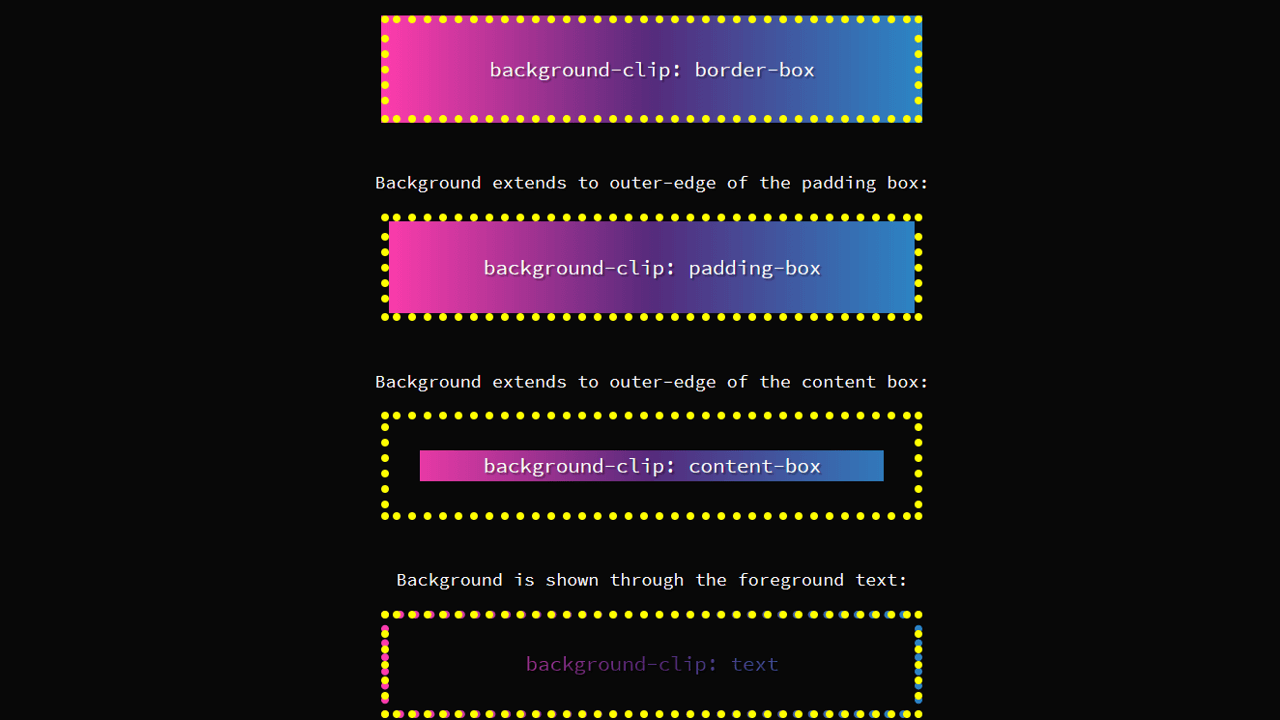CSS Borders encompass the visual perimeter that encases an element’s box on a webpage. This guide delves into the core aspects of CSS border properties: border-color, border-style, and border-width, illustrating how to merge these into a concise shorthand property.
What Are CSS3 Pseudo Elements?
The CSS border property empowers developers to define the appearance of an element’s surrounding border. The border module is segmented into three primary attributes: color, style, and width, each contributing to the aesthetic and structural design of webpage elements.
The Components of Border Properties
Diverse Border Styles for Web Design
The border-style attribute specifies the border’s appearance, offering a variety of options:
- Dotted: A series of dots;
- Solid: A continuous line;
- Dashed: A series of short lines;
- Double: Two parallel lines;
- Groove: Appears carved into the page;
- Ridge: Appears to protrude from the page;
- Inset: Gives an embedded look;
- Outset: Gives a protruding appearance;
- None: No border displayed;
- Hidden: The border is invisible.
What is Border Width?
The border-width property sets the thickness of an element’s borders, essential for visibility following the border-style specification. It embraces three predefined sizes: Thin, Medium, and Thick, alongside customizable dimensions (px, pt, cm, em, etc.), including the ability to assign varied widths to each side.
Customizing Border Color
With border-color, personalize the hue of an element’s borders using RGB (a), hex, or named color values, enhancing the visual appeal and coherence of your design.
Simplifying with the Border Shorthand Property
The shorthand border property allows for the consolidation of width, style, and color specifications into a singular declaration, optimizing CSS efficiency.
| p { border: 4px dotted orange;} |
This streamlined approach not only simplifies the coding process but also enhances the readability and maintenance of style sheets.
Comparative Table of Border Styles
| Style | Description |
|---|---|
| Dotted | A series of dots. |
| Solid | A continuous line. |
| Dashed | Short, broken lines. |
| Double | Two parallel lines. |
| Groove | Appears carved into a page. |
| Ridge | Appears to protrude. |
| Inset | Embedded appearance. |
| Outset | Protruding appearance. |
| None | No border. |
| Hidden | Invisible border. |
Video Guide
To answer all your questions, we have prepared a video for you. Enjoy watching it!
Conclusion
In conclusion, CSS borders offer a versatile toolkit for defining the aesthetic boundaries of web elements. Through the judicious application of border styles, widths, and colors, coupled with the efficiency of shorthand notation, developers can craft visually compelling and structurally robust web designs. This guide aims to elevate your understanding and application of CSS border properties, fostering a more nuanced and effective approach to web design.



